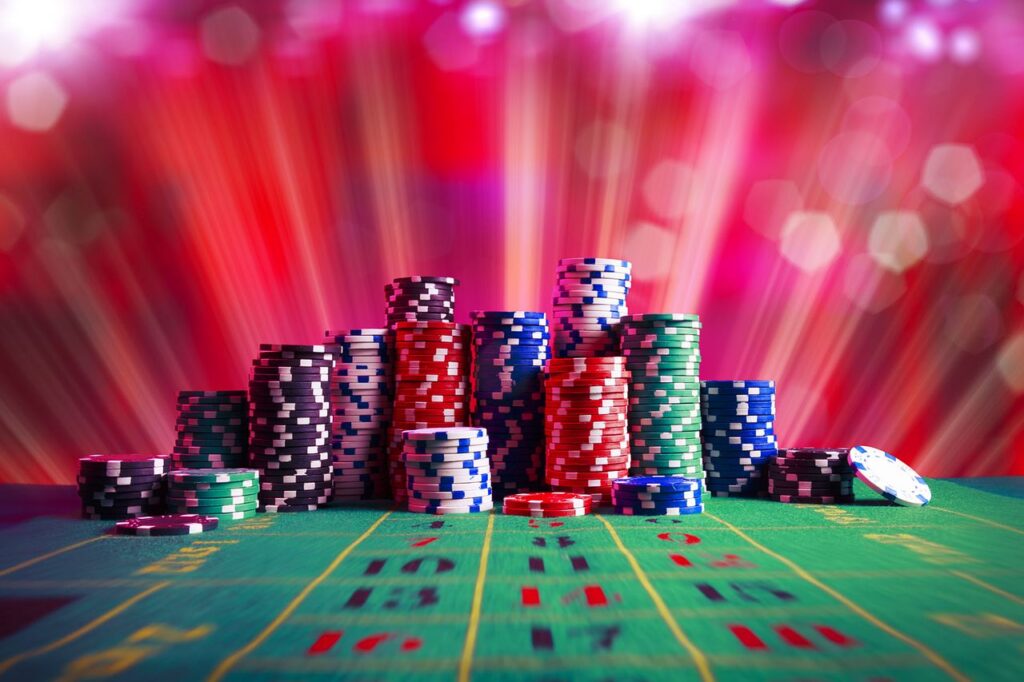
Many players choose gambling apps not only because of the range of slots or bonuses. What is more important is how the interface looks and works. Even the most generous offer loses its value if the navigation is inconvenient and the design is confusing. However, a competent UI can not only simplify the game, but also significantly increase impulsive behavior. This is why online casino apps often build their design so that the player stays longer and makes decisions faster.
Bright visual elements and player reaction
Casino app developers actively play with colors, animations, and sound effects. All this creates an atmosphere that pushes you to click an extra click:
- Red and gold shades are often associated with winning and excitement.
- The “Spin” or “Play” buttons are made as large as possible so that the hand itself reaches out to press.
- Pop-up lights or flashing indicators show that “now is the time to play.”
- The melody after a win sounds louder than the bet itself, which creates the effect of waiting for a repeat.
This set of visual triggers works as an emotional hook. The player does not have time to rationally weigh the decision and acts on intuition.
Ease of navigation and speed of choice
An interface where everything is at hand speeds up the betting process. The player thinks less and clicks the button more often.
- The main menu usually displays the most popular slots, rather than the full library.
- The recommendation system suggests “your favorite games,” even if a person has tried the slot once.
- Registration in a couple of clicks lowers the entry barrier.
- The “deposit” button is almost always more noticeable than the “withdrawal” button.
When the interface speeds up access to the action, the likelihood of an impulsive bet increases. This is not an accident but well-thought-out logic.
Micro-animations and feedback
User experience becomes more emotional if each click is accompanied by a visual reaction:
- Coins flying out onto the screen after a spin.
- Phone vibration when you win or get a bonus.
- Progress indicators that show, “Just a little more and you will receive a reward.”
Such details create a feeling of constant movement. It is difficult for the player to stop, because each action promises another incentive.

Gamification and reward system
Developers actively use elements of games outside the casino to keep attention:
- Achievements for the number of bets.
- Daily login bonuses.
- Virtual “levels” that open up new privileges.
- Tournaments with ratings, where it is important not only to win money but also to be higher than others.
- Internal currencies or points that are spent on mini-rewards.
All these elements increase excitement, because the player begins to perceive the process not only as a chance to win in virtual gambling, but also as a competition with themselves and others. This makes behavior less rational.
How design encourages deposits
One of the most noticeable UI effects is associated with the moment of depositing money. Here, every element is thought out to the smallest detail. The replenishment button is usually bright, noticeable, and always in sight. The form is fast, the fields are automatically filled in, and popular payment methods are highlighted first. The player does not need to look for the desired section—the process turns into an instant step.
It is at this moment that the impulse manifests itself most strongly. A person does not analyze whether it is worth replenishing the balance but simply follows a convenient interface. The design seems to remove the “points of resistance” and leaves only one obvious path.
So, the interface in casino applications is never random. Colors, buttons, animations, and navigation encourage the player to react quickly. They create an atmosphere where the decision is made here and now. The less effort the process requires, the higher the chance of an impulsive action. For developers, it is a working tool, and for players, it is a factor that should be kept under control.


